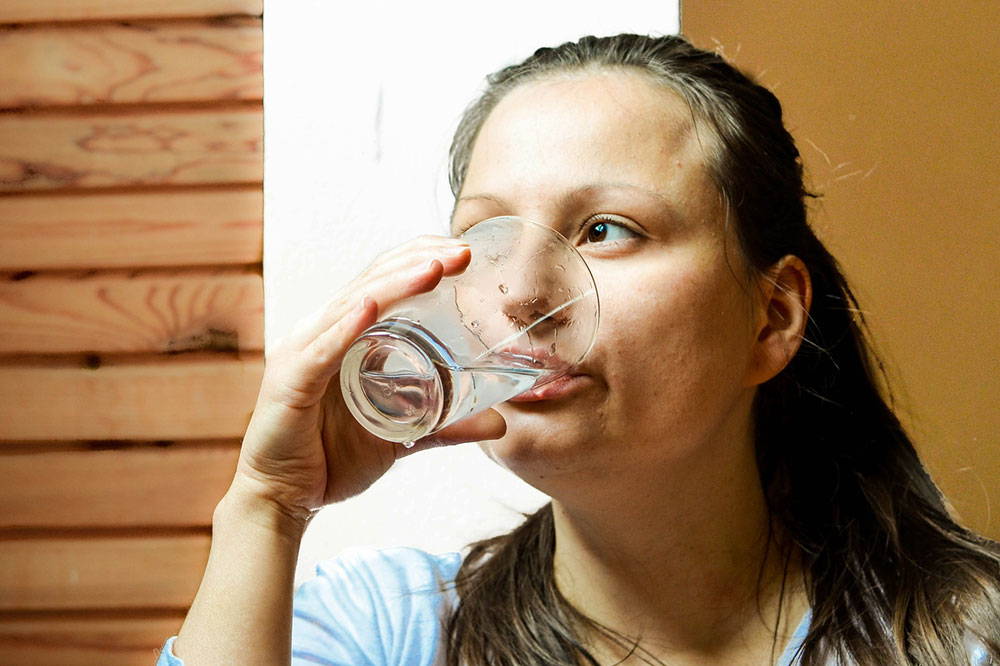Comprehensive Guide to Dehydration: Recognizing Symptoms, Understanding Its Progression, and Effective Prevention Methods
This comprehensive guide explores dehydration, including its symptoms, how it progresses, and effective prevention methods. Learn to recognize early signs, understand the stages of dehydration, and adopt strategies to stay properly hydrated, especially during hot weather or intense physical activity. Proper hydration is crucial for maintaining optimal health, preventing serious health risks, and ensuring bodily functions operate smoothly. The article offers valuable tips for identifying dehydration early and taking proactive steps to avoid dangerous complications.

Comprehensive Guide to Dehydration: Recognizing Symptoms, Understanding Its Progression, and Effective Prevention Methods
Ensuring proper hydration is fundamental to maintaining overall health and optimal bodily functions. Dehydration, a common but sometimes overlooked condition, occurs when the body loses more fluids than it intake, disrupting the delicate balance of water essential for life. This imbalance can range from mild discomfort to life-threatening situations if not promptly addressed. Recognizing the early signs of dehydration and understanding how it progresses are crucial steps in preventing its adverse health effects.
Identifying the Symptoms of Dehydration
Dehydration often begins with subtle symptoms that can be easily dismissed or overlooked. In its mild stages, signs include a persistent feeling of thirst, dry mouth, infrequent urination, and urine that appears darker than usual. These are the body's initial signals that it requires more fluids. The skin may also start feeling dry and less elastic. Additionally, individuals might experience muscle cramps and headaches, which are indicative of fluid imbalance. As dehydration worsens, these symptoms become more pronounced, with the urine becoming extremely dark, indicating significant water loss. The skin continues to appear dry and may lose its suppleness. Fatigue and dizziness become common, often accompanied by a rapid heartbeat and irritability. In extreme cases, fainting or loss of consciousness can occur. Infants and young children are particularly vulnerable; common signs include lack of tears while crying, dry diapers with little to no urination, sunken cheeks and eyes, and lethargy or unresponsiveness.
Water loss in the body occurs naturally through everyday activities such as sweating from physical activity or heat exposure, urination, and secretion of saliva. To maintain proper hydration levels, incorporating water-rich foods like fruits and vegetables, along with sufficient fluid intake, is vital. However, dehydration can result from various factors including fever, diarrhea, vomiting, excessive sweating due to heatwaves or strenuous exercise, and certain medical conditions that cause increased urination, such as diabetes.
The Stages of Dehydration and Their Impact
Since the human body is approximately 65% water, maintaining this vital fluid balance is essential for survival. The initial stages of dehydration typically manifest as mild thirst and a decrease in urination frequency. As dehydration advances, urine output diminishes, and the urine darkens, signaling concentrated waste products due to decreased water content. These early signs are often accompanied by an increase in body temperature and sensations of dryness throughout the body. If dehydration persists and intensifies, severe symptoms develop, such as fainting, confusion, rapid breathing, and organ dysfunction. In critical conditions, dehydration causes the blood to thicken, impairing circulation and oxygen delivery to tissues. Organ overheating and failure can occur if dehydration is not treated promptly, leading to potentially fatal outcomes. Recognizing the importance of this progression emphasizes the need for early intervention to prevent irreversible health consequences.
Proven Strategies to Prevent Dehydration
Preventing dehydration involves proactive measures to monitor and maintain adequate fluid levels, especially during hot weather, physical activity, or in individuals with medical conditions that predispose them to fluid loss. Carrying portable water bottles, especially during outdoor activities or long workdays, and setting reminders to drink fluids regularly can significantly reduce the risk. Consuming a balanced diet that includes water-rich foods helps supplement daily fluid requirement. Be mindful of symptoms indicating dehydration, and increase fluid intake at the first sign of thirst. Medical professionals recommend drinking water, herbal teas, or electrolyte solutions during periods of high fluid loss to replenish lost minerals and prevent electrolyte imbalance. Staying vigilant about hydration supports overall health, enhances physical performance, and ensures vital organ functions are maintained effectively.





